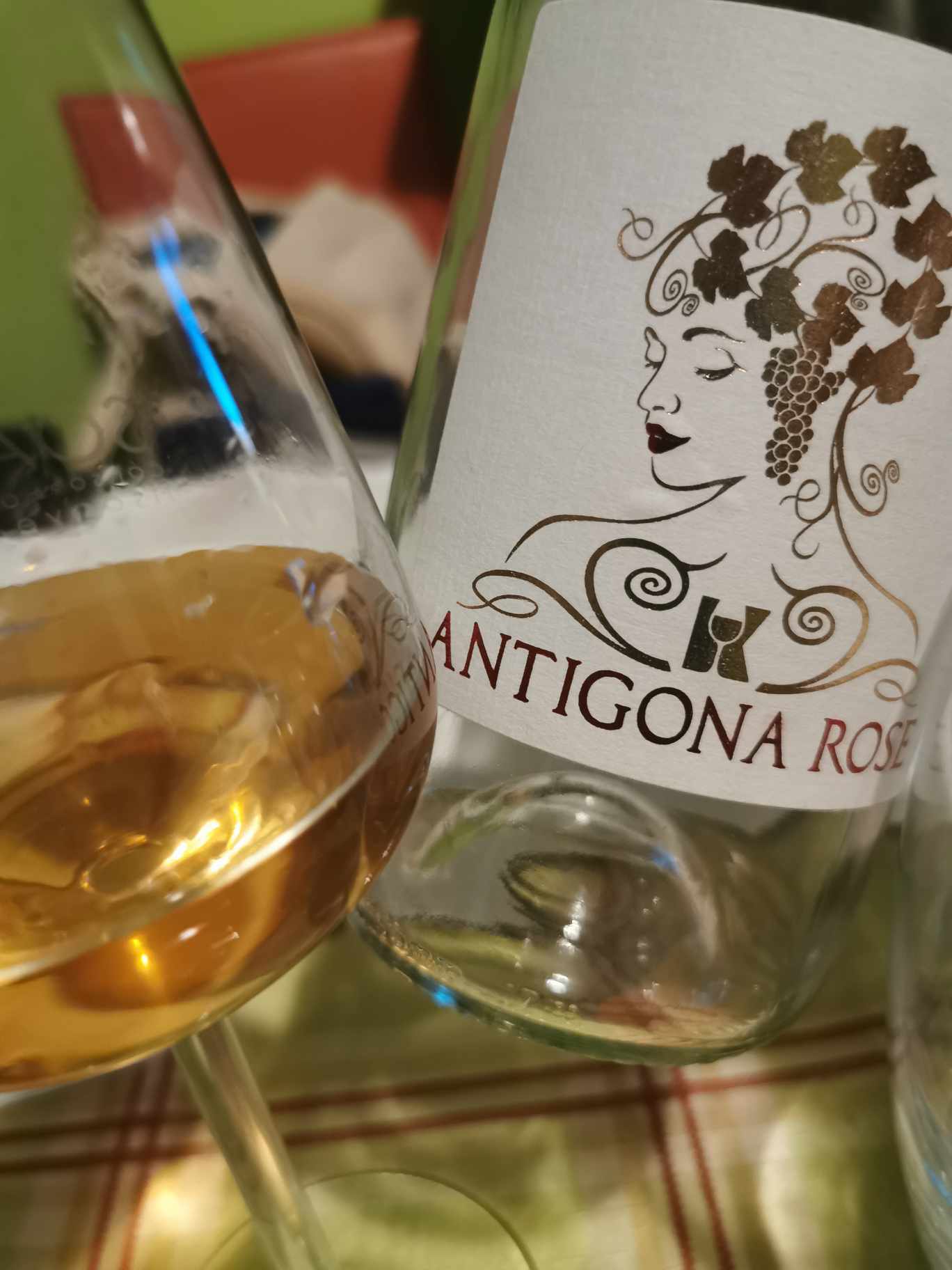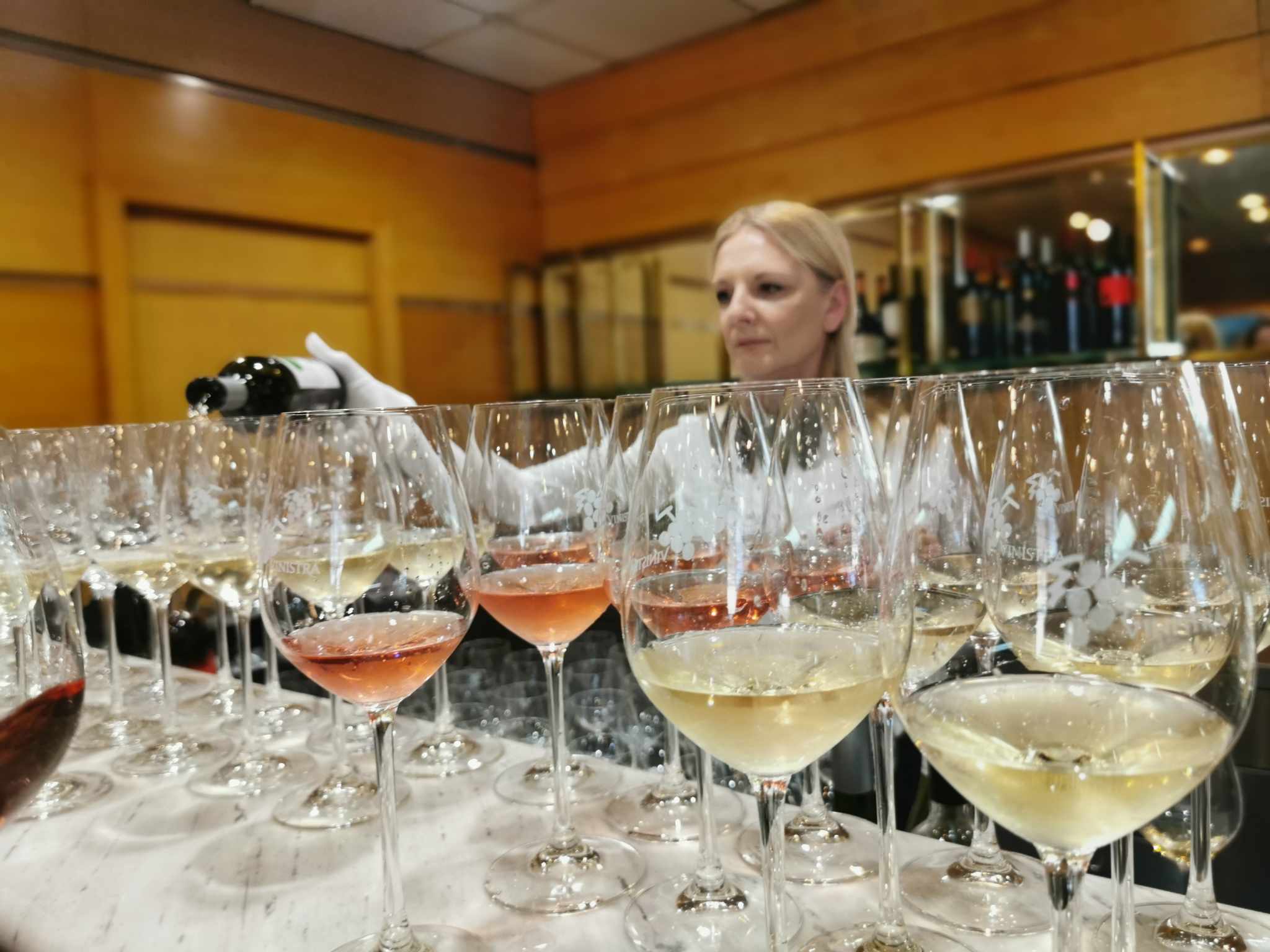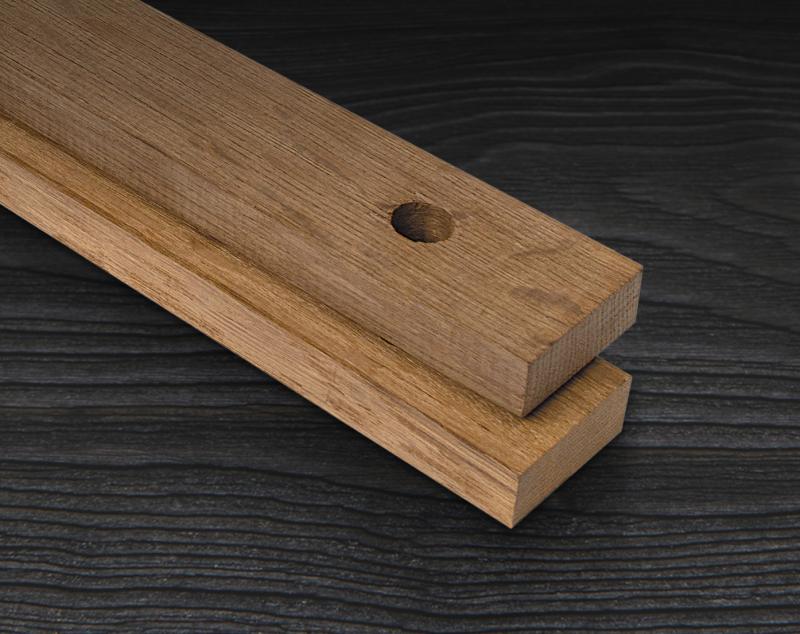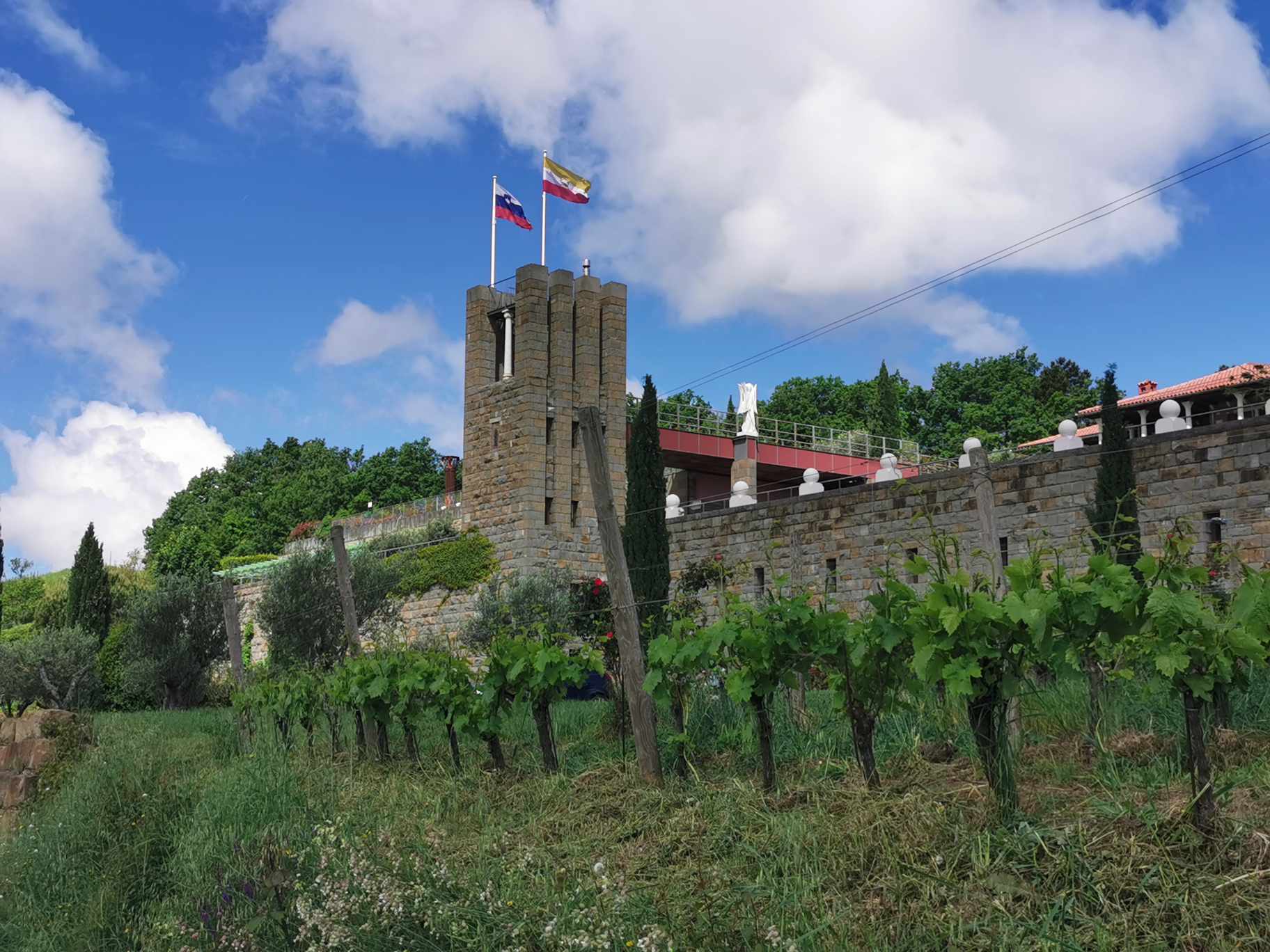News
News / 04/28/2021 / 933
Borrowings, Copies, Echoes and Abuse of Jullien's Topography
(Author: Aleksandar Fotić)
The appearance of Jullien's Topography echoed throughout the wine world. Publications in other languages have contributed to an even faster and easier spread of his classification even on other continents. To a greater or lesser extent, many parts of Jullien's original text have been singled out and incorporated in wine guides. Understandably, in such excerpts there was often no room for numerous vinegrowing regions, especially those from Serbia.
Italian borrowing in 1824
In 1824, Jullien's acquaintance Vincenzo Huber published an extremely important oenological manual in which he argued the need to introduce new technological processes in wine production, based primarily on the progress of the study of chemical processes (Vincenzo Huber, Saggio di enologia pratica osia nuovo metodo di fare il vino e suoi vantaggi ..., Milano: Fratelli Sonzogno, 1824). Like many others, he added an overview of the world's most important vineyards, almost exclusively taking over Jullien's classification from the second edition of Topography. It is understandable that he paid the greatest attention to the Italian vinegrowing regions, where he corrected and elaborated Jullien's content. He presented other regions only superficially, emphasizing the most important ones. The description of Sremski Karlovci vnegrowing region is literally taken from the second edition of Topography, but without mention of Banat or Serbia within the Ottoman Empire. Huber's manual is extremely important for us because Sremski Karlovci vinegrowing region has been presented there for the first time in Italian.
American echoes
The mutilated summarized translation of Jullien's Topography into English (1824) crossed the Atlantic unusually quickly. John Adlum, one of the pioneers of American viticulture, included parts of Jullien's classification in the second expanded edition of his Memoirs,which represent nowadays a legendary reading from the history of viticulture on the east coast of North America (John Adlum, A Memoir on tile Cultivation of the Vine in America, and the Best Mode of Making Wine, Washington: William Greer, 1828). He even expanded Jullien's content in the chapter on American wines, predominantly based on letters from Thomas Jefferson. But, he also omitted a lot. In the section on Slavonia, he introduced entire text about Srem wines (Sremski Karlovci, Petrovaradin and Zemun), and especially emphasized red wine of Sremski Karlovci. Right before that section, in the chapter on Hungarian wines, he skipped quotes that mention wines of Vršac and Bela Crkva. Serbian wine from Belgrade was left out in the London edition. Jullien's text about Srem vineyards is the first review of this vinegrowing region in American literature.
Another important American book in which we find Jullien's classification, more precisely its incomplete parts, is related to a man who made an important contribution to development of viticulture on the West Coast, in California. Agoston Haraszthy was a Hungarian nobleman, a skilled entrepreneur with adventurous spirit, the founder of several wineries, steamship lines, the first sheriff of San Diego, a California MP, with ups and downs that followed him all his life until he mysteriously disappeared in the jungles of Nicaragua. A lot of legends spread around him, in which he himself gladly and imaginatively participated in the beginning, and subsequently his son Arpad shared them even more. Many things that were unjustifiably attributed to him were ultimately rejected, but one thing remains for sure. He played a vital role in the promotion of viticulture in California, especially owing to insisting on European grape varieties. On behalf of the state of California, in 1861, he visited the most important European countries with developed viticulture, with exception of the Austrian Empire or the Ottoman Empire. He purchased over 200,000 cuttings of several hundred grape varieties from all over Europe, which he later sold himself. It is interesting to mention that in the first decades of the 19th century, his family owned properties in Srbobran and Pečir, whilst he settled down for a while after his marriage on the Dedinski estate in Futog.
He published a diary about his journey through wine-producing Europe, to which he added parts about viticulture from other published works. Among content taken from Johann Leuchs is an excerpt compiled on the basis of Jullien's Topography (Agoston Haraszthy, Grape Culture, Wines, and Wine-Making, with Notes Upon Agriculture and Horticulture, New York: Harper & Brothers, 1862). This excerpt from Leuchs in Haraszthy is an extremely arbitrary and vague list, in which we will still find the wine of Sremski Karlovci in the third class of sweet wines and the second class of dry wines.
Several meaningless (mis) uses of Topography
As it has been common for centuries in the entire literature, not only in historiography, writers, publicists, self-proclaimed experts, but also true scientists took over entire parts of other people's books, uncritically transcribed and added parts of the text, sometimes honestly pointing to the source and sometimes forgetting to add such remarks. Such an approach was still very noticeable in the first half of the 19th century, although notes became more frequent, at least among those writers whose expertise was not questioned.
A poor attempt at summarizing Jullien's classification is found in Johann Carl Leuchs, starting from 1829 (Johann Carl Leuchs, Vollständige Weinkunde; oder der europäische Kellermeister ..., Nuremberg: K. Leuchs & Comp., 1829). The reprinted and expanded work on European oenology and winemaking also contains an overview of important vinegrowing areas around the world, mainly based on the second edition of Jullien's Topography. In the end, a mutilated classification of world wines is given, compiled without any criteria. In the category of sweet wines, it combines his own selection of French and world wines. In the second category, which he calls "dry wines" (trokne weine), he separates French wines from others. It is a freely renamed Jullien's category of semi-sweet and dry wines. His choice, later taken over from Haraszthy, still included Sremski Karlovci wines in the third class of sweet wines and the second class of "dry" wines. Vršac and Serbia do not exist. Prior to classification, the chapter on Turkish wines states that nothing is produced in Bosnia, Serbia, Ottoman Dalmatia and Bulgaria (Bosnien, Servien, türkisch Dalmatien, Bulgarien führen nichts aus.). The same sentence is copied until the last, fifth edition published in 1863. When studying a part of the text about Hungarian wines, including Srem wines, one should look for Leuchs' sources because his interpretations and choice of data cause a certain level of distrust.
There have also been attempts, like that of Thomas George Shaw, to organize Julien's classification differently (Thomas George Shaw, Wine, the Vine, and the Cellar, London: Longman, Green, Longman, Roberts, & Green, 1863). It seems that he wanted to make a clearer list alphabetically, not by quality. However, the result was a complete absurdity of the classification. In the "wine" column, he arranged all toponyms in alphabetical order, no matter whether they referred to countries, provinces, settlements or vinegrowing regions, together with some grape varieties, whilst in other columns he indicated quality and color. The same column contains Sremski Karlovci, Abyssinia, Lacrima Christi, Peru next to Petrovaradin, Zemun next to Senegal, Serbia next to Seville... He carelessly gave closer geographical definitions: for example, Vršac is located in Hungary, whilst Bela Crkva is located in Austria. Some references were left out (Priština). It seems that the author himself realized how meaningless the list was, so he removed it in the second "updated" edition the following year. Shaw's book about wine was written in popular style, albeit pretentiously. It is often burdened with uninteresting funny stories, although they can also be the reason why the book is still being reprinted today.
Although this book is insignificant in the wine world, I consciously and gladly referred to it because it shows the extent to which the original source text can be twisted intentionally or accidentally. There were similar "uses" of Jullien's classification in the 19th century, but there is no need to deal with them any further. These two examples clearly indicate future directions of research. In the search for the right data on the history of Serbian and Balkan viticulture, we must always return to the sources.
Final considerations: Serbian wine on the world stage at the beginning of the 19th century
Jullien's Topography is not a perfect work without geographical and historical errors, nor does it cover absolutely all the vineyards of the world. However, this work is really the first general classification of all wines, both French and "foreign", based on fairly clear criteria and written by an experienced connoisseur, it seems, without prejudice. Its significance was noticed immediately, after the first edition, and the global character of the classification contributed to it becoming the basis for all later attempts of a similar kind.
When the first Topography was written, the Serbian state, and even the autonomous principality, still did not exist. For the author, the official administrative division of the Ottoman Empire was not important. He calls Serbia a very wide "province" between Bosnia, Albania, Macedonia and Bulgaria. From the whole area, he singled out the surroundings of Belgrade as the most important vinegrowing region, to which he added the surroundings of Priština in the third edition. In addition to Belgrade and Priština, the vineyards of eastern Srem were also analyzed, primarily Sremski Karlovci vineyards, which stand out the most in terms of quality, and then Banat vinegrowing region with Vršac and Bela Crkva. In those days, these wines were treated as wines from the Austrian Empire, or more specifically, as Hungarian wines, and no one, except for a few individuals in the world, recognized them as Serbian wines.
It is obvious that the wines from other parts of Hungary that later became part of Serbia at the turn of the 18th and 19th centuries were not well known, or viticulture was not sufficiently developed. This would primarily refer to the Subotica-Horgos vineyards.
André Jullien obviously did not personally taste any of the mentioned Serbian wines. He relied primarily on data that he could find in published encyclopedias, statistics, geographies and travelogues. The search for his sources and their identification showed how thorough, consistent and honest he was as an author in retrieving data.
Undoubtedly, the best Serbian wine was produced in Sremski Karlovci and its surroundings. Red sweet wine, Auspruch, has gained a high reputation since the middle of the 18th century. And that reputation lasted until the first decades of the twentieth century. Jullien placed Auspruch from Sremski Karlovci initially in the third, and then in the extremely high second class among all sweet wines of the world. Of the Hungarian wines, only Tokaj was placed higher. Semi-sweet and dry wines from Sremski Karlovci were rated equally high, in the second class.
General classification of „foreign“ wines in 1816: standing of Serbian wines
|
Class |
Sweet wines |
Semi-sweet and dry wines |
|
I |
|
|
|
II |
|
Sremski Karlovci, Srem |
|
III |
Sremski Karlovci, Srem |
Vršac |
|
IV |
|
|
|
V |
|
Belgrade |
General classification of „foreign“ wines in 1832: standing of Serbian wines
|
Class |
Semi-sweet and dry wines |
Sweet wines |
|
|
|
Red |
White |
Red and White |
|
I |
|
|
|
|
II |
Srem |
Srem (only a few wines) |
Auspruch of Srem (red) |
|
III |
Srem, Vršac |
Vršac |
|
|
IV |
Srem, Vršac, Belgrade, Priština |
|
|
|
V |
|
|
|
Interestingly, Jullien does not mention Bermet of Srem, at that time already widely known as "Serbian Wermuth" (Raizischer Wermuth). The only Wermuth he mentions is the one from the island of Elba, which is made from white wine. Among sweet wines of Italy, he placed it in the high second class. He believes that it can be classified as a wine, although, as he says, it contains many other substances, wormwood and other herbs, so it can also be considered an "inauthentic liqueur". He says that in France it is drunk after a meal, unlike in northern Europe and Russia, where it is drunk as an aperitif. The question arises why there is no Bermet from Sremski Karlovci, when he mentions numerous drinks that have even less to do with wine: plum brandy, maraschino, rum from Jamaica...
|
Bermet is a „wormwood wine“ (Pelenjak, Pelenaš), aromatized sweet white or red wine with wormwood flavor. The term originated from the German word Wermuth-Wein, which is explicitly claimed by Orfelin and Bolić. It was found in Serbian sources since the first decades of 18th century. There were many methods to make Bermet. The most common and the simplest way included placing layers of ripe or dried grapes and wormwood (often some black mustard, helleborine, horse raddish and other herbs as well) until the barrel is topped. Then, old wine or must, either fresh or cooked, is added. The best and the most expensive Bermet was Bermet Samotok or Bermet Kapljaš (Tropf-Wermuthweine). In the 19th century and the first decades of the 20th century, Bermet from Sremski karlovci was known as "Serbian Bermet" (Raizische/r Wermuth) and it was a well-known and reputed drink across Europe. Beside wormwood, numerous other herbs were used for Bermet making so even aromatized sweet wines with negligible presence of wormwood compared to other herbs and spices were also called Bermet. Over time, numerous myths about Bermet arose. These myths created a distorted image about the name, origin, production and glory of this drink. |
Interestingly, he did not mention any grape variety for the area of southern Hungary, unlike chapters dedicated to French and Italian wines above all. No wonder, because ampelography was still in its infancy. Grape varieties have become a very important topic only since mid-19th century.
Jullien's classification of Serbian wines has confirmed continuity of premium viticultural sites since the Roman Empire until the beginning of the 19th century. The continuity of production of quality wines, on the other hand, was interrupted by numerous wars and their consequences, devastation and migrations. Even if Jullien's work failed to bring new data on viticulture in Serbia, it showed, for sure, how much was known about it in Europe, and which wines were valued most. We can absolutely be satisfied with Jullien's classification. For the first time in contemporary viticultural bibliography, wine regions of Belgrade and Priština were mentioned. Wine of Sremski Karlovci was highly rated, whilst wines of Vršac and Bela Crkva were also highlighted. Research into the history of viticulture and wine culture in Serbia has been unjustifiably neglected for decades. To the extent that myths are taken as historical facts nowadays. It is high time to understand how extremely important viticulture was as an economic sector and how much grapes were present in the diet of general population in various ways. I hope that the analysis of Jullien's classification of all the world's vineyards will stir interest among future researchers to focus on that topic. The history of Serbian viticulture and vinemaking certainly deserves it.

Tomislav Ivanović
Awarded wine writer, wine critic and contributor to selected wine magazines. WSET3-certified author and editor-in-chief of www.vinopedia.rs. Member of Vojvodina Sommelier Association. Juror in national and international wine competitions. Lecturing about wines of Serbia and the Balkans. Local partner of Wine Mosaic organization. Co-founder of International Prokupac Day.

Pročitajte i druge članke iz ove rubrike:


SPASIMO STARE VINOGRADE SRBIJE
PROČITAJ VIŠE


NAŠLI SMO ANTIGONU IZ ORAHOVCA
PROČITAJ VIŠE


SRPSKO VINO KOŠTA 100 EUR - I ŠTA ĆEMO SAD?
PROČITAJ VIŠE


MOŽE LI VINO BEZ BURETA? IMA LI ALTERNATIVE?
PROČITAJ VIŠE


SANTOMAS - CRVENA VINA ISTRE
PROČITAJ VIŠE
Winner MILLESIMA BLOG AWARD 2016

Pobednik MILLESIMA BLOG AWARD 2016
VINO & FINO wine personality of the year 2016

VINO & FINO vinska ličnost godine 2016